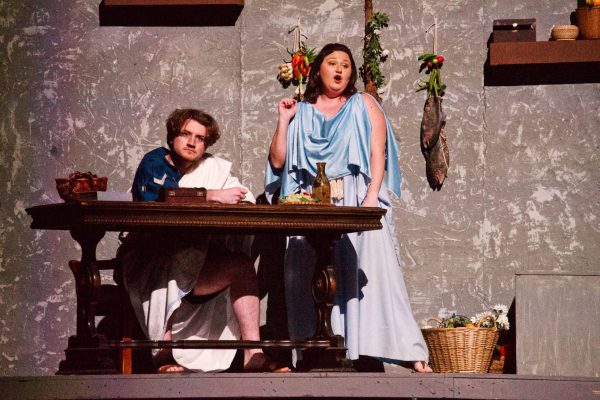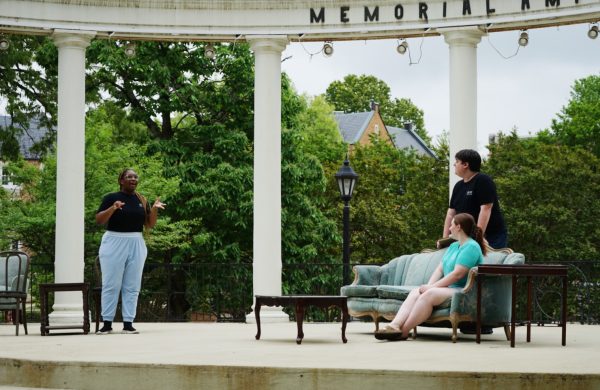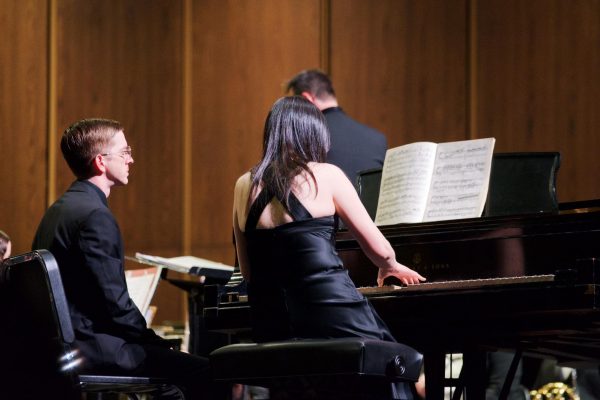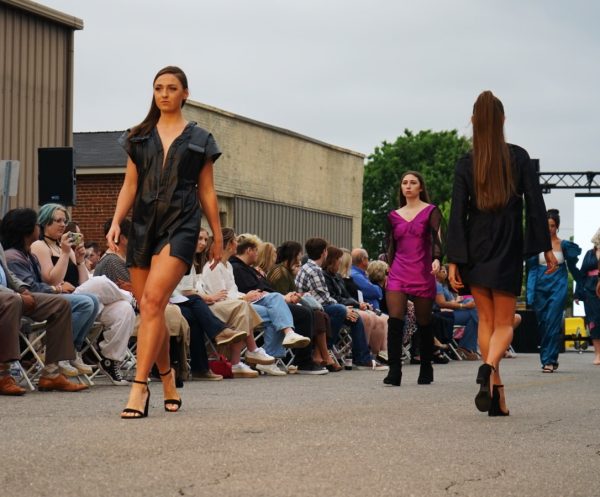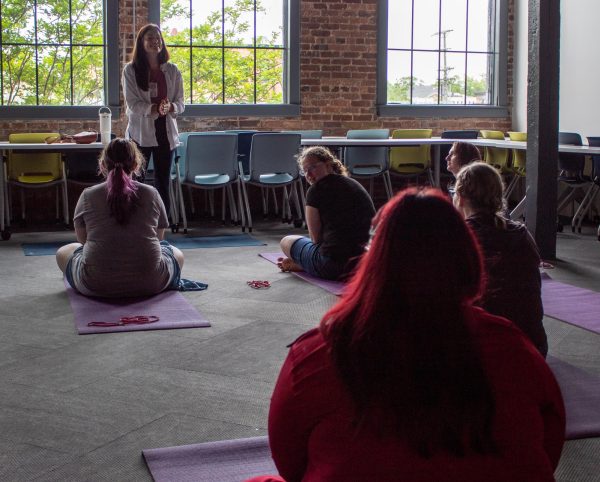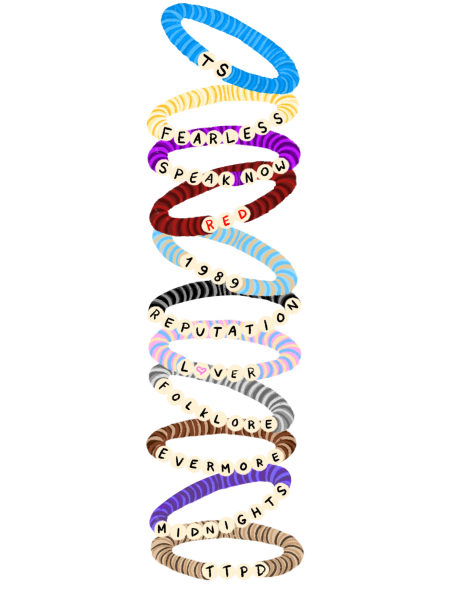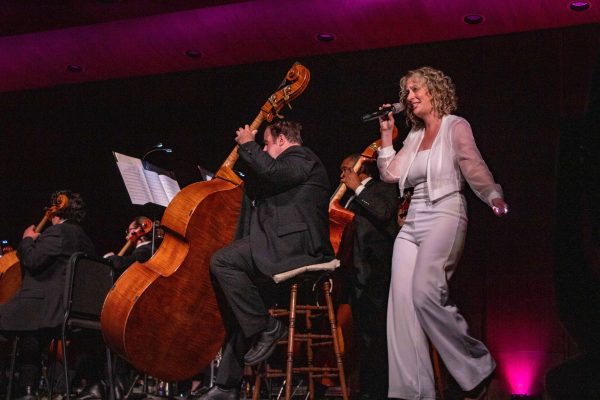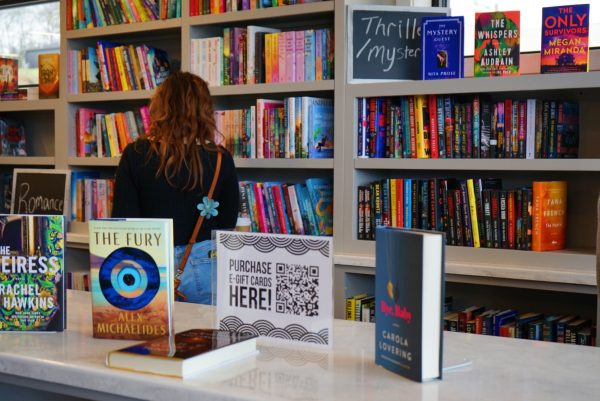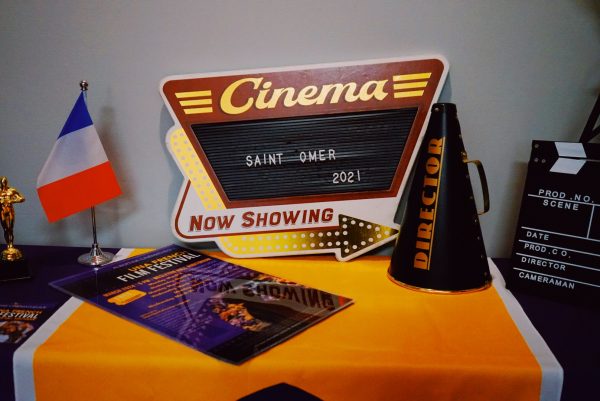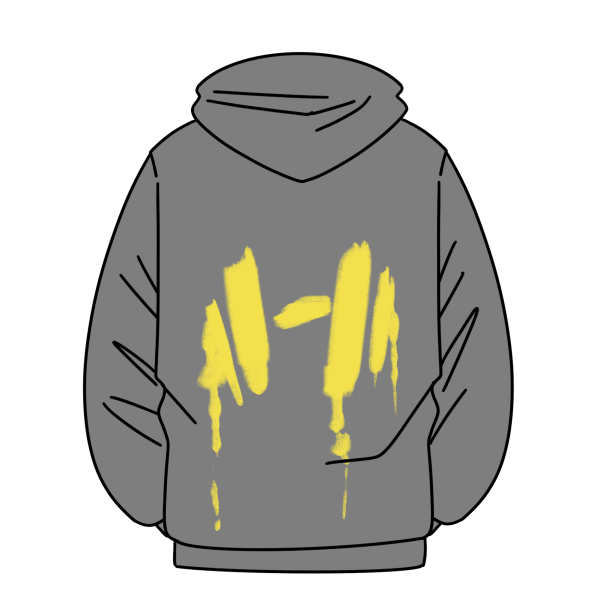Tattoos: changing their mark in society
October 17, 2019
Coming from a generation obsessed with self-expression, and rightfully so, we have more freedom to express ourselves than we ever have. It has never been a question to me whether or not I should or shouldn’t let my thoughts, feelings and personal ideas display in and around my life. At least, that was the case until I had my first tattoo.
Suddenly, my form of expression had become too unorthodox. It was now questionable and too “permanent” and simply too risky. Older generations in particular had quite the reaction to the ink on my arm. Everyone -and I do mean everyone- asked the same questions.
“Did it hurt?” was a common question, but the one that struck a chord in me was the constant inquiry of “Can you hide it?”
Between the heavy dollar spent for the ink on my arm, I wondered why I would ever want to hide or cover up the piece of art that I had actually drawn out myself. I knew that my future occupation as an elementary school teacher would consist of higher-ups that will more than likely frown upon my tattoo, but I had secretly hoped that in four years, mindsets would change, and it would become more acceptable.
Throughout history, there is evidence of tattoos having both positive and negative connotations. There were civilizations that used markings on the skin to identify criminals, but the opposing side shows Egyptian priestesses donned with decorative ink that was also used for therapeutic and medicinal reasons. The history shown begs the question: when did society decide that tattoos were unacceptable and all around terrible?
18 out of 30 students interviewed at UNA say that their lives have been impacted by having tattoos, and most of them say that it has been in a positive way. Their tattoos have been inspired by mementos of loved ones and faded memories, odes to self-confidence and for a few, the most interesting conversation starters. To some, tattoos are simply an art form that deserves to be seen.
From the moment I first saw tattoos as a child, I was interested and consistently impressed and intrigued. At 18 years old I was able to start what I hope to be a lifelong journey of artistic expression. Each and every individual reserves the right to turn their body into a work of art: a living, moving, breathing piece of art that brings self-expression to one of its purest forms.
Although tattoos continue to have a negative stigma in some areas and in some lines of work, I retain hope that someday that will change. I hope to someday be able to tell my own students about my tattoos when they ask and encourage their curiosity rather than diminish it.


